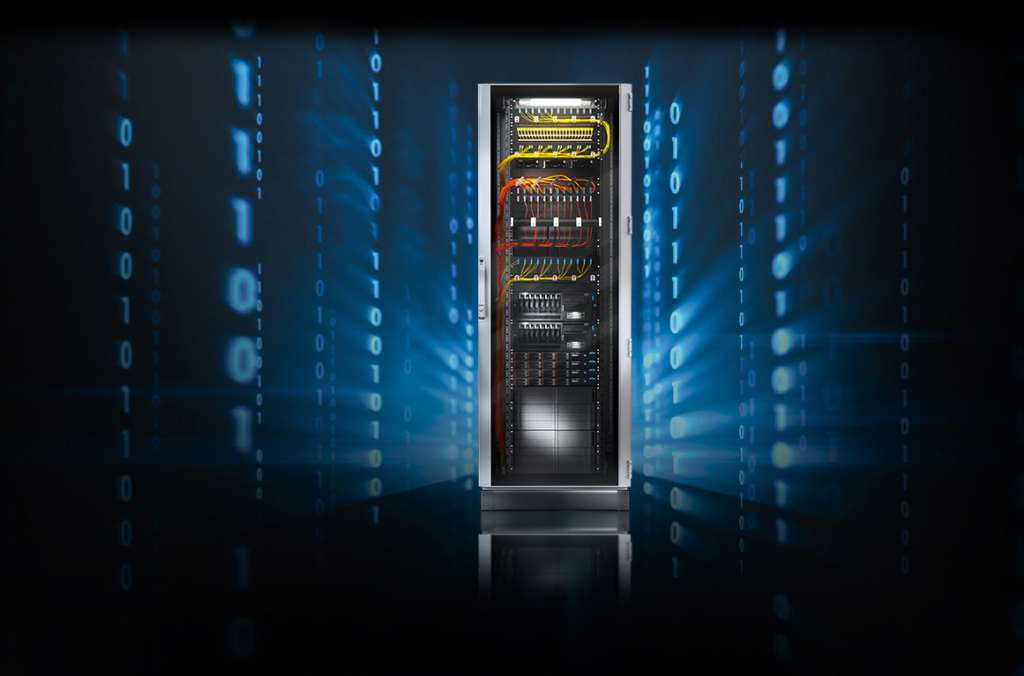
Many people associate product standards with safety, but standardization also has a lot to do with a product’s cost. Rittal created a market breakthrough with the idea of standardizing enclosures for electrical devices. By using models with set dimensions, produced cost-effectively in large batches, Rittal is able to offer price and delivery benefits.
Standards also foster dependability. Rittal’s service quality depends on technical dependability, which is why our enclosures meet all relevant standards, regulations and guidelines. The German Energy Management Act states that: “Electrical power installations and power-consuming equipment shall be set up and maintained properly, i.e. in accordance with recognized technical rules, such as the provisions of the Association of German Electrical Engineers (VDE).” Because systems below 1000 V are so widespread and diverse, special significance is attached to VDE 0100 “Provisions for the construction of heavy current installations with rated voltages of less than 1000 V”.
Other regulations which must be observed in the case of heavy current installations are the Technical Connection Conditions of the electricity supply companies, and in the case of telecommunications and aerial installations, VDE 0800 Regulations for Telecommunications Installations and VDE 0855 Provisions for Aerial Installations. New installations should have provision for extension and should be economical. Important notes in this respect can be found in the DIN standards published by the German Standards Committee (DNA).
The EIA-310-D standard sets out general design requirements for cabinets, panels, racks and subracks. Essentially, these are the inner and outer dimensions in order to ensure exchangeability of the accommodation systems. For enclosures and open frames, the standard describes three types:
◾ Type A Without restrictions to the external dimensions width, height, depth, with 25 mm pitch patterns, the internal widths and heights should conform to IEC.
◾ Type B Restriction of the external and internal dimensions, all accessories (walls + mounting parts, roof + feet/ castors, doors + locks) must remain within the specified dimensions.
◾ Type C Restriction only in relation to the width dimensions; deviations in the height and depth for the accessories are admissible.
All Rittal IT enclosures meet the EIA-310-D standard as Type A enclosures.
As we said coming into this discussion, standards have a major impact on the cost of an installation. But don’t make the mistake of confusing low price with low cost. A system may come with a low price and end up costing more in the long run. An inexpensive enclosure that takes twice as long for the construction team to assemble will force up the labor costs, unlike a well thought-out, installation-friendly (and largely tool-free) solution that conforms to industry standards.
Want to Learn More?
Download our free enclosures technical aspect guide at the link below. This guide discusses the standards, sizes, and materials of our enclosures designed for a wide variety of applications.

